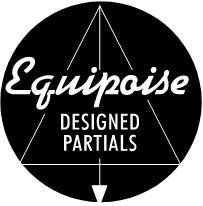
Tips & Techniques
• When sending in models for diagnostic evaluation, always remember to enclose a counter model and bite if necessary. Always indicate the condition of the teeth so that built in provisions can be incorporated into the design.
• Custom trays should be used whenever a difficult impression is being taken. This will save chairtime and eliminate the need for re-impressioning.
• Bite-blocks should always be placed on removable partial frames that are bilaterally distally extended, or on any case with difficult bites. This will insure a more accurate bite and help reduce re-sets.
• When an impression is taken with existing teeth, it should be taken in alginate with a stock tray. Custom trays should be used if accuracy is questionable.
• When crowns need to be drawn out in a final full mouth impression, use a single body Poly-ether or Vinyl-Polysiloxane impression materials are accurate for both tooth borne and tissue borne aspects of the mouth.
• If an interproximal guide plane is not properly created when supporting a free-end edentulous side, an extension of the clasp onto the facial aspect and or an I-bar will be necessary for proper reciprocation and function.
• Three quarter plates with lock rests can be used when a strong posterior tooth is present on the same side.
• When an undercut is not present on the area of the tooth where the retention clasp is placed facing the edentulous side, a contoured under-cut can be created to eliminate a buccal I bar.
• To eliminate dislodging during function on a bilateral-distal extension involving anterior teeth, mesial lock-in rests should be incorporated.
• When using compromised abutment teeth and periodontal splinting is indicated, double plating should be used. Double plating acts as a periodontal splint and allows for easy repair and tooth addition to an existing Equipoise removable partial design. This built in process of protection is known as built in permanence.
• Always enclose pictures and study models to aid the technicians in making the correct decisions when choosing teeth. This will help in determining such things as tooth shape, overjet and overbite.




